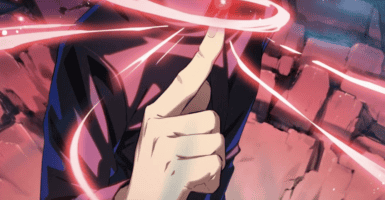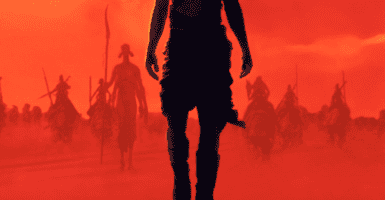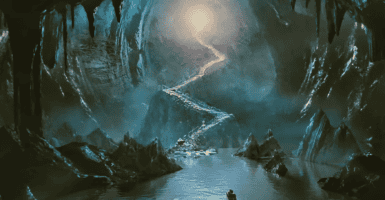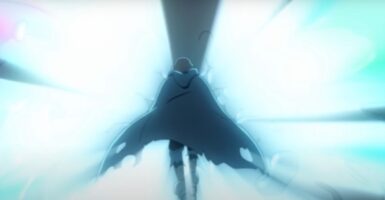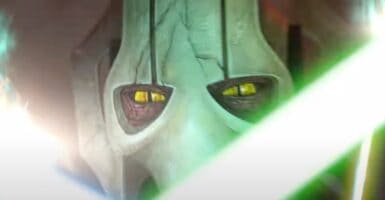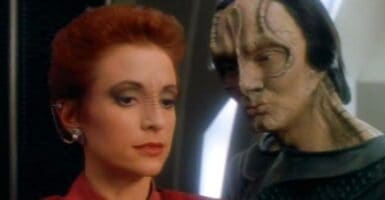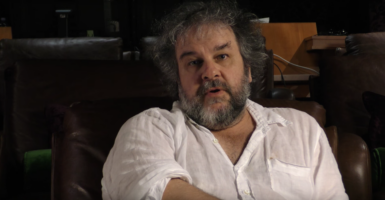Wonder Woman Originally Included A Horrific Mass Rape
The origin story of the Amazons isn't as light as the sun-drenched beaches of Themyscira would lead some to believe. There is some darkness there, darkness that some felt would undercut the film's message of hope and strength.
This article is more than 2 years old
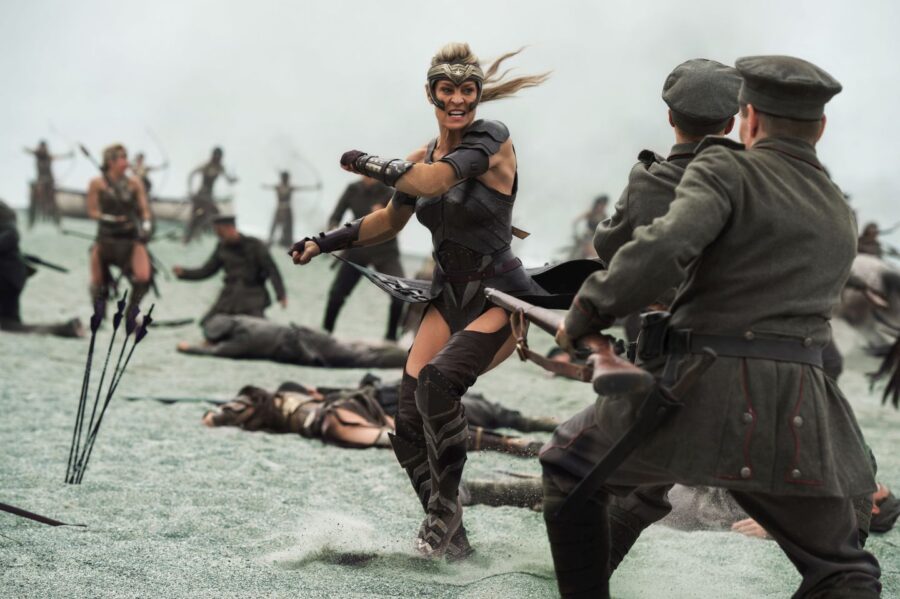
The origin story of the Amazons isn’t as light as the sun-drenched beaches of Themyscira would lead some to believe. There is some darkness there, darkness that some felt would undercut the film’s message of hope and strength. In fact, Connie Nielsen, the actress who portrayed Diana’s mother Hippolyta in both the 2017 original and in its less-than-stellar sequel, Wonder Woman 1984, recently revealed that director Patty Jenkins refused to include a traumatic and tragic scene in a crucial origin story for that very reason.
Speaking with Collider’s Perri Nemiroff on Collider Ladies Night, Nielsen expanded on what went on behind the scenes, saying:
“She was very clear about what the Amazons were supposed to be. And I think that there had originally been some idea that the Amazons had been deeply traumatized by some kind of horrible event that involved mass rape. And Patty just said, ‘Hm, no. No, no, we’re not gonna put that on those Amazons. We don’t want to start out seeing them as victims, and why would we? Let’s just get rid of that part and make sure that these are heroes in their own terms. They’ve not been part of the victims of history. They are these unbelievably courageous women and we’re not gonna saddle them with a trauma from the outset. We’re going to have them be received by people on the basis of who they are.
Obviously, Patty Jenkins is absolutely correct in thinking this way and it’s accurate to say she made the right call. All things considered, she did a tactful job remaining sensitive about the material while still depicting the women in Wonder Woman as strong, resilient forces to be reckoned with. It is a balance that a less experienced director would not be able to strike, and it is one that absolutely benefitted the movie in some pretty crucial ways.
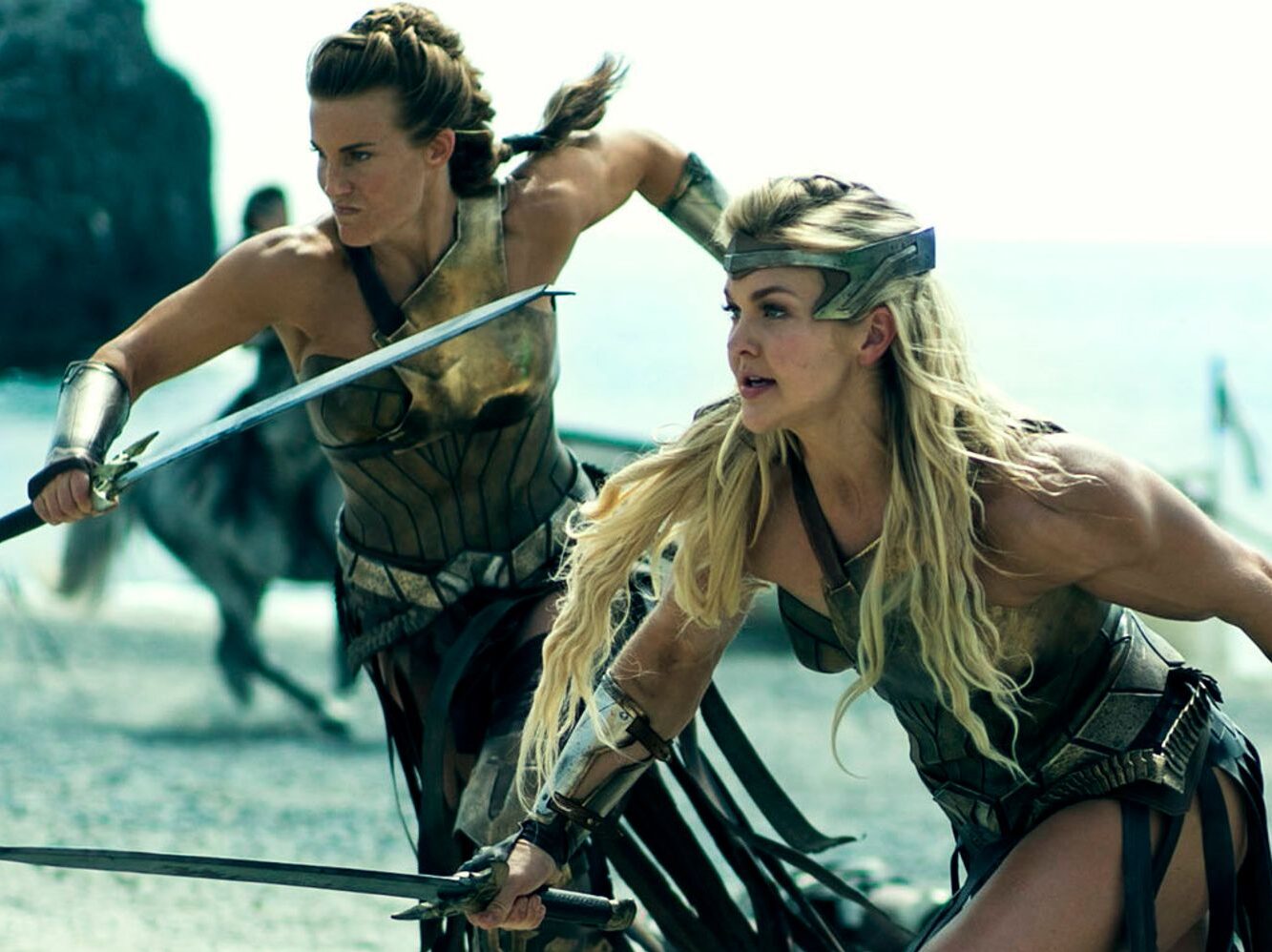
It seemed that, from the get-go, Jenkins wanted to make a movie that she felt was totally and unquestionably hers. Robin Wright, who plays the warrior Antiope in both films, confirmed as much during a recent interview. In fact, tons of details in the first Wonder Woman were altered so that Jenkins could make something that was closer to her vision. One of these key changes was the 2017 film’s use of World War 1 as a backdrop. Now, we have an even better, clearer example of how Jenkins’s involvement ended up benefitting that phenomenal first film. Her instincts proved to be very good here.
These changes in particular definitely seemed to work in Wonder Woman‘s favor, especially when you consider the fact that it is still one of the best-received, best-reviewed films in DC’s big-screen continuity. And it will likely continue to stand tall as one of the franchise’s brightest, most resonant entries. It will be exciting to see how it stands the test of time and, more importantly, how it positively impacts us for generations to come. Chances are good that it will be on our radar for a long time.
You can next catch Connie Nielsen and the Amazons in Zack Snyder’s highly anticipated Justice League when it finally drops on HBO Max on March 18. Until then, you can revisit her in the first two Wonder Woman solo outings. The first one is great and the second one is good in its own right, but both are worth your time if you have not seen them yet. Her role may be small in each of those movies but her character is nonetheless incredibly important to the development of both Themyscira and the DC universe as a greater whole.
Patty Jenkins, Connie Nielsen, Robin Wright, and of course Gal Gadot have all elevated the DC Extended Universe in some pretty amazing ways with Wonder Woman, and we are lucky to have them here to remind us what superheroes can and should be like.
